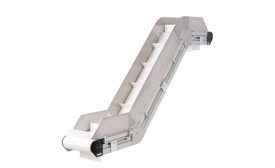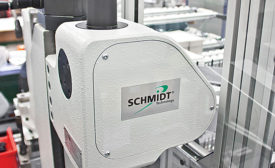Motion Control
Innovative Conveyors Maximize Use of Space
New conveyor technologies are giving plant managers more options to make better use of existing space.
September 8, 2016
advertisement
How to Choose Between Electric and Pneumatic Actuators and Grippers
March 8, 2016
Never miss the latest news and trends driving the manufacturing industry
Stay in the know on the latest assembly trends.
JOIN TODAY!Copyright ©2024. All Rights Reserved BNP Media.
Design, CMS, Hosting & Web Development :: ePublishing












